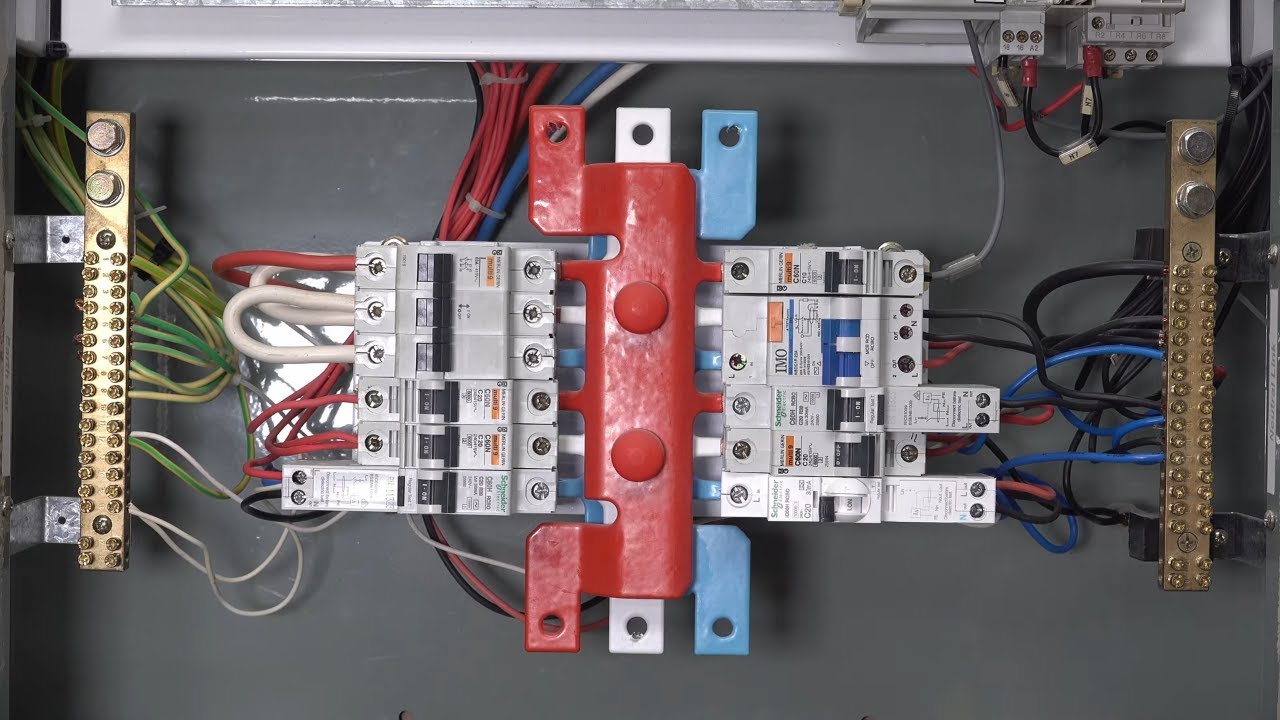
Industrial facilities are prone to fire hazards due to their complex operations and the presence of flammable materials. To ensure the safety of personnel and protect valuable assets, it is crucial for these facilities to conduct regular fire safety audits. Fire safety audits play a critical role in evaluating the effectiveness of fire prevention and response measures, ensuring compliance with regulations, identifying potential gaps, and mitigating fire-related risks. In this article, we will explore the importance of regular fire safety audits in industrial facilities and their significant contributions to creating safer work environments.
Understanding Fire Safety Audits
Definition and Purpose: Fire safety audits involve comprehensive assessments of fire prevention and response measures in industrial facilities. The primary purpose of these audits is to evaluate compliance with fire safety regulations, identify potential hazards, and assess the overall effectiveness of fire safety measures in place. By conducting regular audits, industrial facilities can proactively manage fire risks and maintain a high standard of safety.
Legal and Regulatory Requirements: Fire safety audits are not only beneficial but also mandatory in many jurisdictions. Various local, national, and international regulations outline the frequency and requirements for conducting fire safety audits in industrial facilities. Failure to comply with these regulations can result in penalties, fines, and legal repercussions. Adhering to fire safety standards is not only a legal obligation but also a moral responsibility to protect lives and assets.
Key Components of Fire Safety Audits
Assessment of Fire Prevention Measures: Fire safety audits involve a thorough evaluation of fire prevention measures in industrial facilities. This includes assessing the adequacy and functionality of fire detection systems, fire extinguishers, sprinkler systems, and other fire suppression equipment. The condition and maintenance of these measures are evaluated to ensure their proper functioning in the event of a fire.
Evaluation of Fire Response Plans and Procedures: Effective emergency response is crucial in minimizing the impact of a fire incident. Fire safety audits assess the emergency response plans and procedures in place, including evacuation plans, emergency exits, communication systems, and personnel training. Evaluating the preparedness of employees and their familiarity with response protocols ensures a coordinated and timely response during emergencies.
Inspection of Fire Safety Equipment and Systems: The inspection of fire safety equipment and systems is an integral part of fire safety audits. This includes inspecting fire alarms, fire suppression systems, emergency lighting, and other critical equipment. The condition, maintenance, and proper functioning of these systems are verified to ensure they are ready for use when needed.
Documentation Review: Reviewing fire safety documentation is essential during audits. This includes examining records of inspections, maintenance activities, training sessions, and emergency drills. Documentation serves as evidence of compliance with fire safety regulations and provides insights into the history and effectiveness of fire safety measures implemented in the facility.
Benefits of Regular Fire Safety Audits
Compliance with Regulations and Standards: Regular fire safety audits help industrial facilities ensure compliance with legal and regulatory requirements. By conducting audits at the prescribed intervals, facilities demonstrate their commitment to upholding fire safety standards and mitigate the risk of non-compliance penalties. Compliance promotes a culture of safety and enhances the reputation of the facility.
Identification of Fire Hazards and Risks: Fire safety audits play a crucial role in identifying potential fire hazards and risks. Through systematic evaluations, audits uncover deficiencies in fire prevention measures, such as inadequate fire detection systems or improper storage of flammable materials. Identifying these hazards allows facilities to prioritize mitigation strategies and prevent potential fire incidents.
Improved Fire Prevention and Response Measures: Regular audits lead to improvements in fire prevention and response measures. Audit findings provide valuable insights into the effectiveness of existing measures and help identify areas for improvement. This may involve upgrading fire safety equipment, enhancing training programs, implementing new policies and procedures, or revising emergency response plans. These enhancements contribute to better fire prevention and response capabilities.
Enhanced Emergency Preparedness: Fire safety audits contribute to enhanced emergency preparedness in industrial facilities. By evaluating response plans, procedures, and personnel training, audits highlight areas that require attention and improvement. Regular fire drills and simulations based on audit findings help familiarize employees with emergency protocols, ensuring they are well-prepared to respond effectively during fire incidents.
Implementing Audit Recommendations and Continuous Improvement
To derive maximum benefit from fire safety audits, it is essential for industrial facilities to implement the recommendations resulting from the audits. Developing corrective action plans based on audit findings and prioritizing necessary changes is crucial. Periodic follow-ups and reassessments ensure that the corrective actions are implemented effectively and sustained over time. Regular monitoring, maintenance, and ongoing training are key elements of continuous improvement in fire safety.
Conclusion: Regular fire safety audits are instrumental in ensuring the safety of personnel and protecting industrial facilities from fire-related risks. By evaluating compliance, identifying potential hazards, and enhancing fire prevention and response measures, audits play a pivotal role in creating safer work environments. Industrial facilities should prioritize regular fire safety audits to meet legal requirements, identify gaps, and mitigate fire-related risks effectively. Through continuous improvement and a commitment to fire safety, these facilities can protect lives, assets, and operations from the devastating effects of fire incidents.
Senkox has recently released our certification program with the aim to enable our partners and other safety professionals to learn the knowledge necessary to ensure safety within the workplace. In order to operate and maintain systems for the long term, this training helps eliminate the possibility for incidents. Curious to learn more? Head over to our certification page to learn more.




